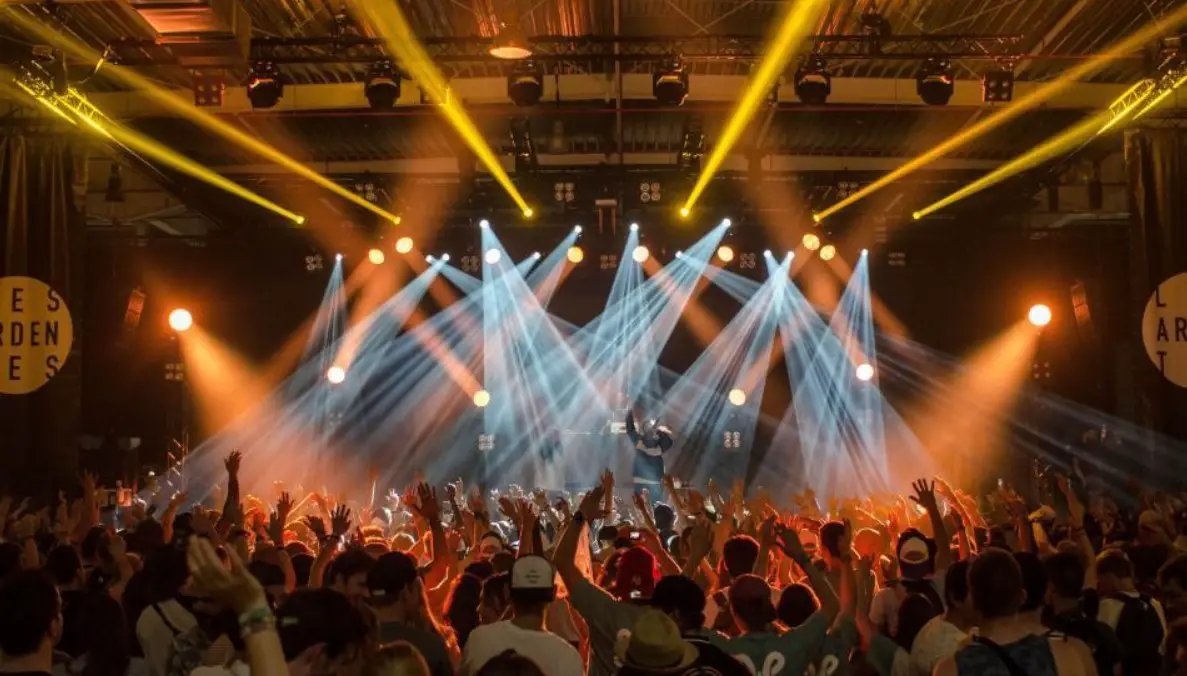Music events, whether they are massive music festivals, intimate live shows, or electrifying club nights, are all about creating a captivating experience for the audience. While the music is undeniably the show’s star, sound and lighting design play pivotal roles in elevating that experience to another level. These elements can transform a good performance into a memorable one, leaving a lasting impact on the attendees.
The Impact on the Audience
The synergy between sound and lighting design can profoundly impact the audience. It elevates the overall experience, making the event more immersive and memorable. Well-executed sound and lighting design can create a sense of awe, excitement, and emotional resonance long after the event. It is just one of the factors that a manager learns about in their event management degree.
For event-goers, it’s about more than just seeing and hearing their favorite artists—it’s about feeling the music and being part of a visually stunning spectacle. This, in turn, fosters a stronger connection between the audience and the performers and a sense of shared euphoria within the crowd.
The Power of Sound Design
Sound design in music events involves the deliberate planning and execution of audio elements to create an immersive sonic experience for the audience. This goes beyond merely amplifying the music; it’s about enhancing the sound quality, clarity, and atmosphere.
The sound design process begins with the selection of appropriate audio equipment, including speakers, amplifiers, and mixing consoles. Sound engineers meticulously tune these systems to ensure that the music is heard with utmost fidelity and precision. The result is a balanced sound that can be felt as much as it can be heard.
Sound design isn’t limited to the main stage; it encompasses the entire event space, ensuring that sound is evenly distributed to provide an optimal listening experience, whether you’re near the front row or in the back of the crowd.
Lighting Design: Setting the Mood
Lighting design is another crucial element that contributes to the overall ambiance of a music event. It’s not just about illuminating the performers but also about setting the mood, creating dramatic effects, and engaging the audience visually.
Dynamic lighting designs involve a combination of various fixtures, such as spotlights, lasers, LED screens, and moving lights. These elements can be synchronized with the music, allowing dramatic light shows complementing the beats and rhythms. A well-designed lighting setup can add energy, drama, and excitement to a music event.
Synchronizing Sound and Light
One of the most powerful aspects of sound and lighting design is the ability to synchronize these two elements to create a cohesive and impactful experience. This synchronization can be achieved through advanced technology and the expertise of skilled technicians.
In many modern music events, sound and lighting systems are linked through sophisticated control systems. This allows the lighting to respond to changes in the music, creating dynamic visual effects that align with the songs’ rhythm, melody, and mood. The result is a multisensory experience that enhances the emotional connection between the music and the audience.
Conclusion
Sound and lighting design are indispensable components of the modern music event experience. They enhance the connection between the music and the audience, elevating the event from a simple performance to an unforgettable spectacle. Whether you’re a musician, event organizer, or an enthusiastic attendee, appreciating the intricate art of sound and lighting design can deepen your understanding of what it takes to create a truly immersive and captivating music event.
